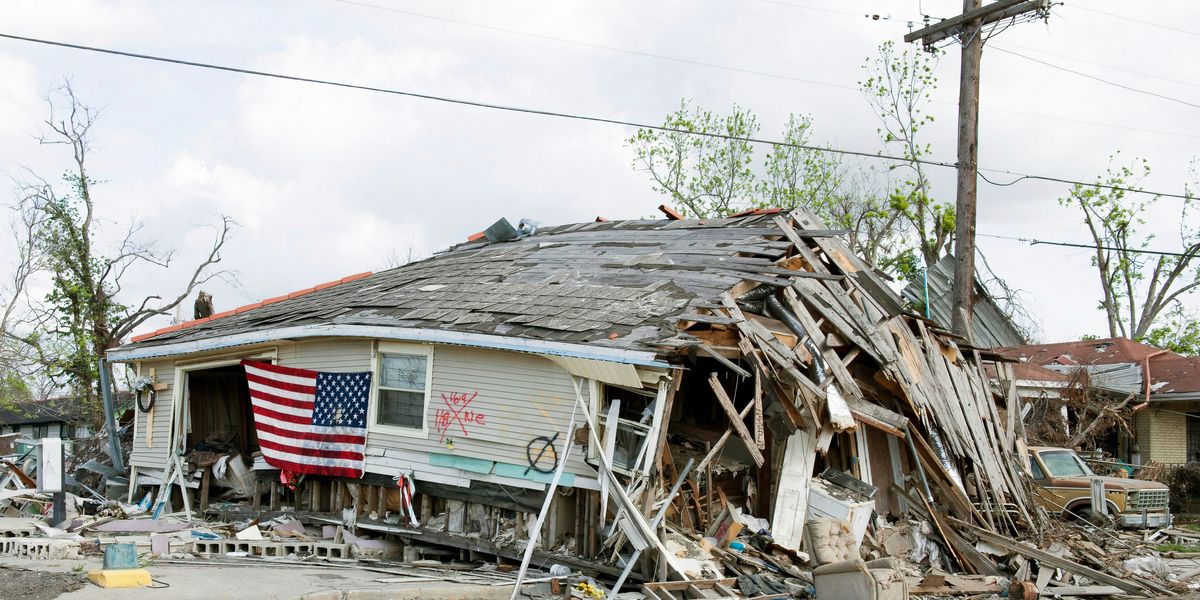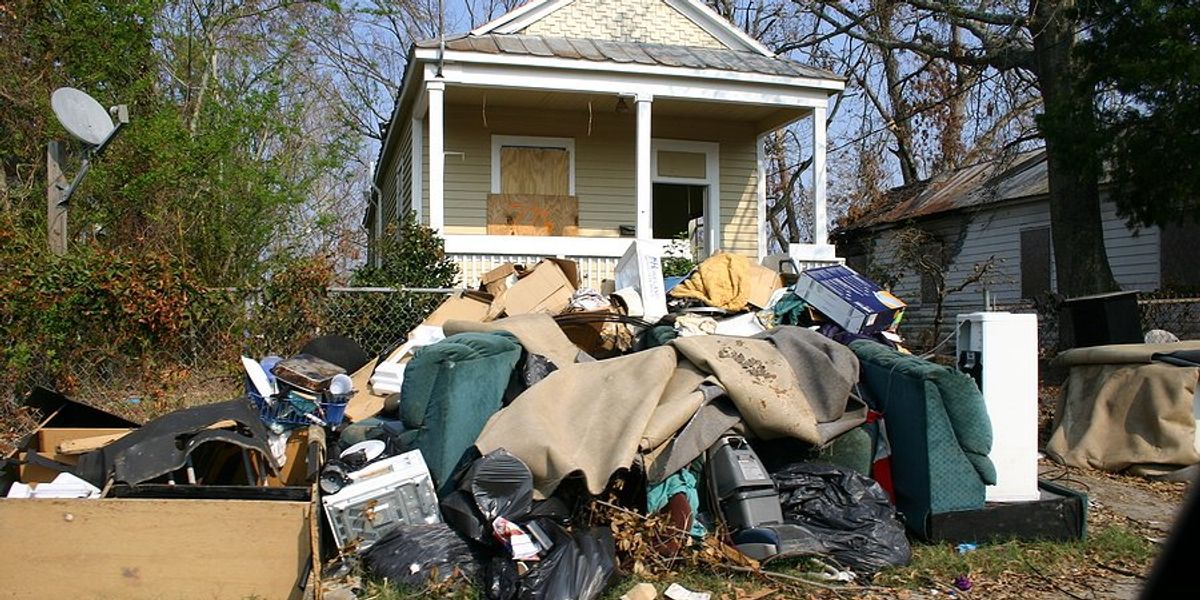
Congress proposes major reforms to FEMA in bid to counter Trump cuts
A bipartisan House effort seeks to restructure the Federal Emergency Management Agency (FEMA) into an independent agency and expand its powers amid President Trump’s push to shrink or eliminate it.
Thomas Frank reports for E&E News.
In short:
- A bipartisan House bill would remove FEMA from the Department of Homeland Security and elevate it to a Cabinet-level agency, giving it direct access to the president.
- The proposal would allow FEMA to fund permanent repairs for disaster-damaged homes and penalize states that fail to implement disaster mitigation efforts.
- The legislation aims to challenge President Trump’s moves to weaken FEMA, including his cancellation of a major disaster preparedness grant program.
Key quote:
“I do not believe it is in the best interests of the American people to eliminate the Federal Emergency Management Agency. Having said that, I’m not in a position to make a decision.”
— Cameron Hamilton, former acting administrator of FEMA, who was fired on Thursday following this statement.
Why this matters:
Federal disaster relief shapes how communities respond to wildfires, hurricanes, floods, and other climate-driven disasters — and how quickly they recover. FEMA has long been a lifeline for vulnerable populations, including low-income families and rural communities without insurance, who struggle to rebuild after catastrophe. Turning FEMA into a more independent agency with broader authority to make permanent repairs could mean less dependence on costly temporary housing and faster stabilization for displaced residents. But President Trump’s plans to shrink or abolish FEMA reflect a broader ideological shift toward state-centered disaster response, which critics warn could widen disparities in recovery.
Related: Trump’s deregulation and FEMA cuts put Mississippi River and others at extreme risk, report warns













